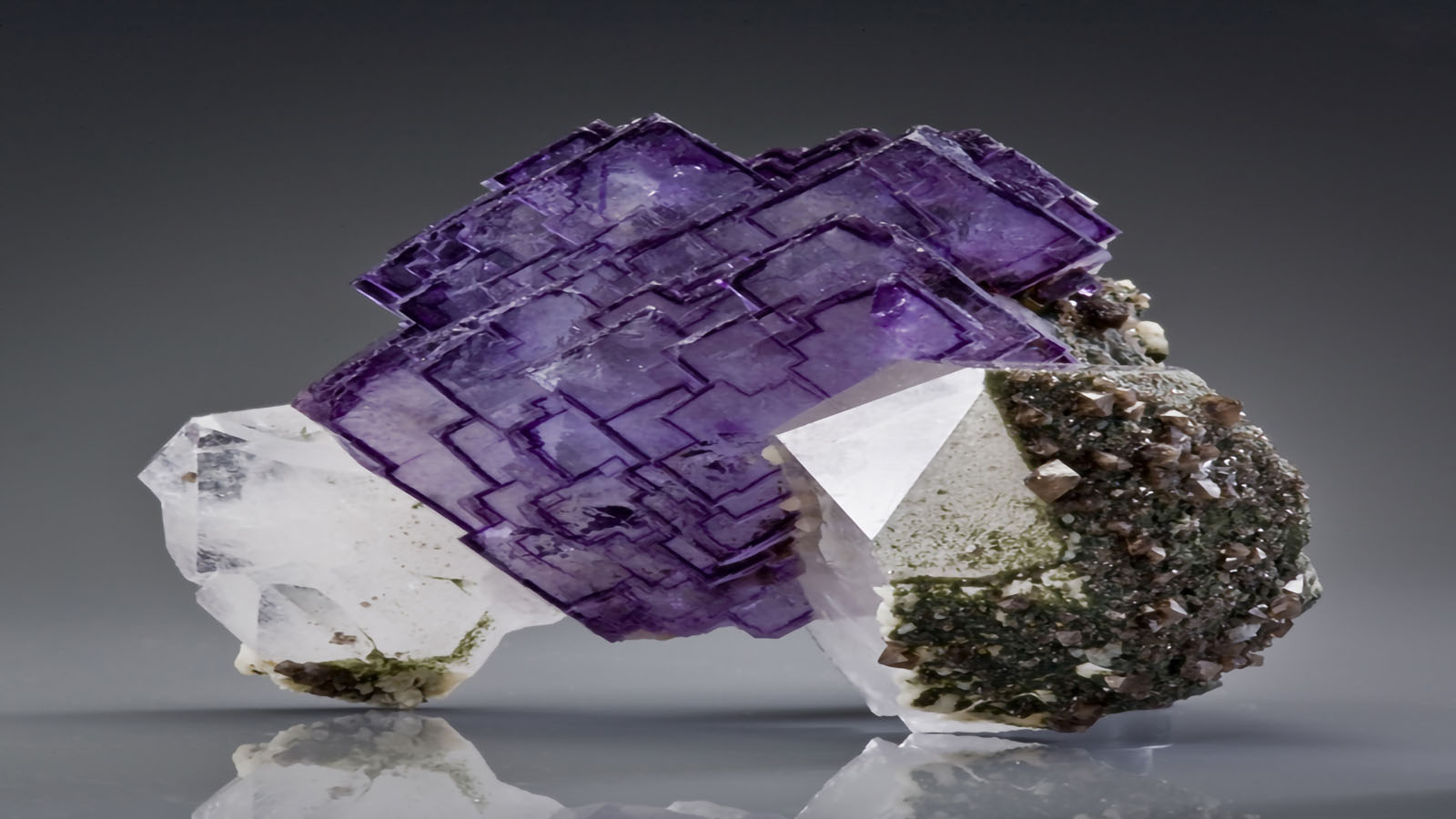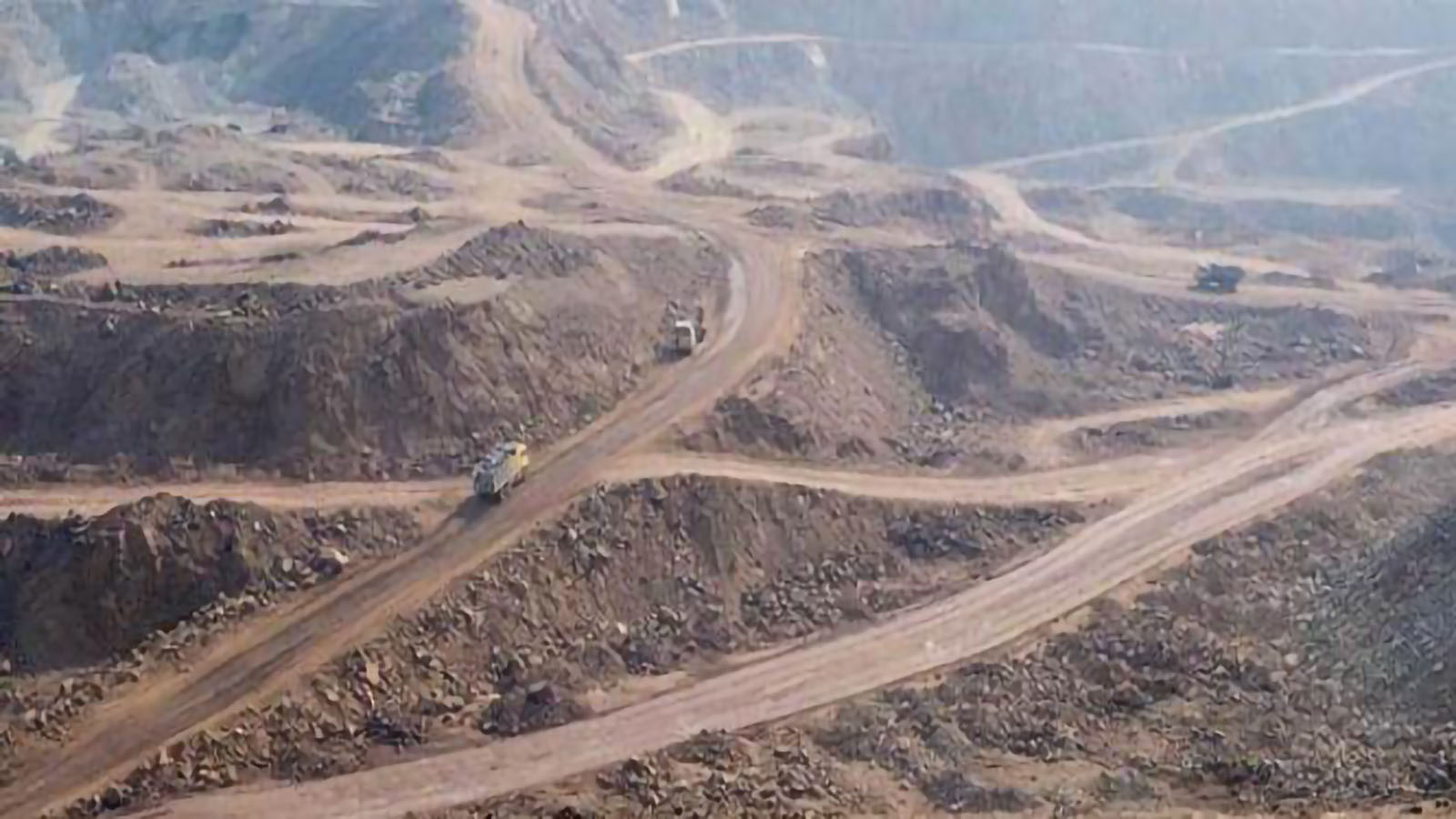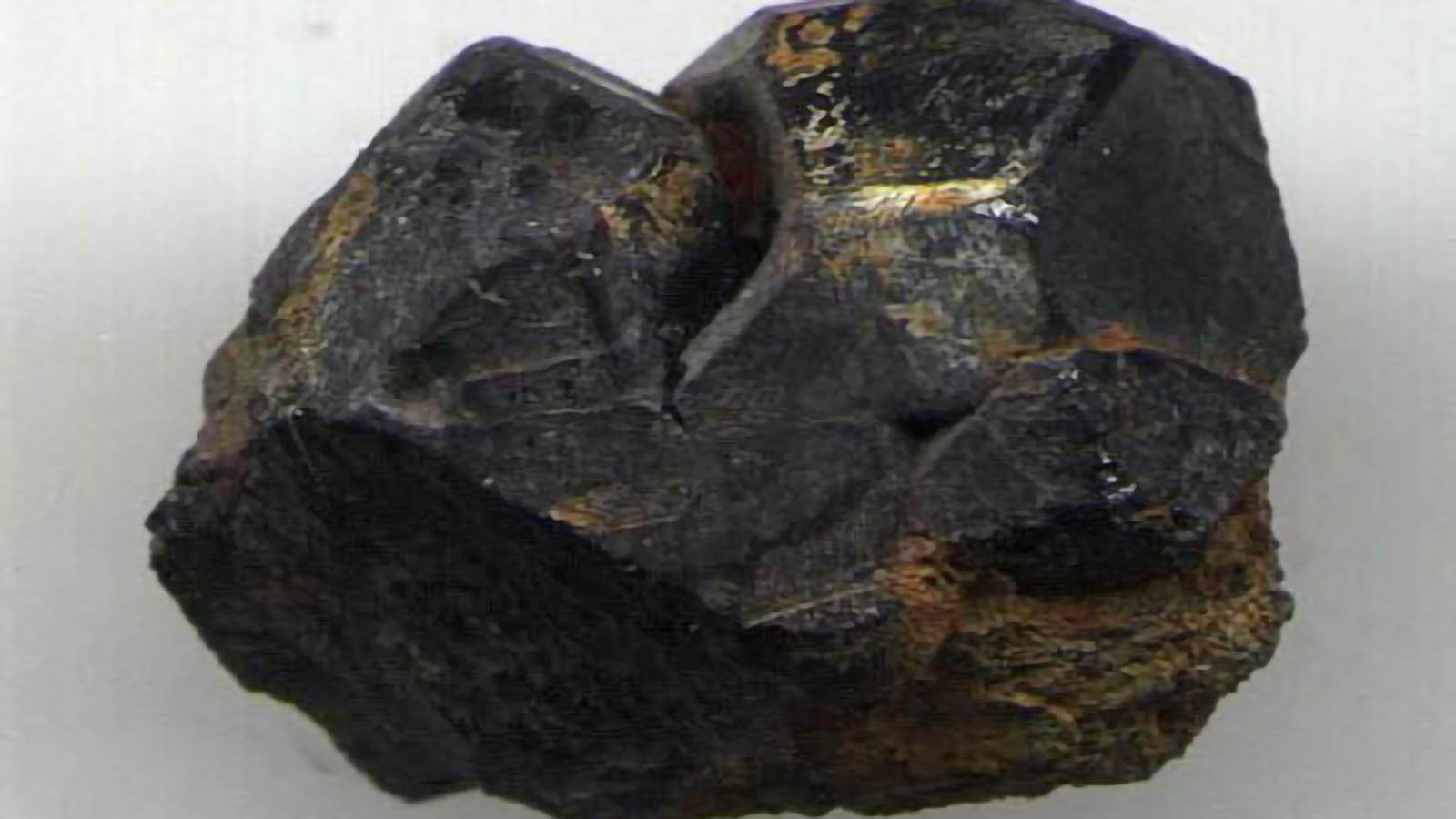
Fluorite (calcium fluoride) stands as a strategic mineral resource essential to modern industry, with widespread applications in metallurgy, chemical production, and optical manufacturing. However, natural fluorite deposits commonly occur in association with minerals of similar physicochemical properties, particularly calcite and barite, creating significant challenges for producing high-grade fluorite concentrates. This article systematically introduces technical approaches for efficient separation of fluorite from associated minerals, providing professional reference for mining enterprises in this sector.
Challenges in Fluorite Beneficiation
As a typical non-metallic mineral, fluorite presents a series of unique mineralogical characteristics that both define its industrial value and constitute technical challenges in the beneficiation process.
1. Complex Mineral AssociationsThe diverse assemblage of minerals in fluorite deposits creates special challenges for processing:
- Similar Physical Properties: Fluorite shares minimal differences in hardness, specific gravity, and other physical properties with calcite and barite, limiting the effectiveness of traditional physical separation methods
- Comparable Surface Chemistry: These minerals exhibit similar surface chemical properties, creating significant difficulties for selective separation during flotation
- Perfect Cleavage Influence: Fluorite's perfect cleavage characteristics lead to the formation of specific crystal faces during crushing, affecting subsequent separation processes
Traditional Separation Technology Assessment
Industrial practice has developed multiple separation approaches for fluorite ores, each with distinctive advantages and limitations.
1. Hand Sorting ApplicabilityAs the most traditional separation method, hand sorting still offers practical value under specific conditions:
- Application Conditions: Primarily suitable for ores where fluorite exhibits marked color contrast with gangue minerals, such as purple or green fluorite against white gangue
- Advantages and Limitations: Simple process and low investment, but low efficiency and applicable only for preliminary separation of coarse-grained material
2. Gravity Separation ValueGravity separation technologies leverage density differences between minerals and serve primarily as pre-treatment processes in fluorite beneficiation:
- Process Principle: Utilizing the density difference between fluorite (specific gravity approximately 3.18) and major gangue minerals like quartz (specific gravity approximately 2.65)
- Typical Equipment: Heavy media cyclones and jig concentrators are widely applied in pre-concentration of coarse-grained fluorite
- Application Value: Effectively eliminates a significant portion of light gangue minerals, increasing feed grade and reducing subsequent processing volume
Modern High-Efficiency Separation Systems
For efficient fluorite separation in complex mineral environments, modern beneficiation technology has developed mature, diversified solutions.
1. Magnetic Separation-Flotation Combined ProcessFor fluorite ores containing magnetic minerals, the magnetic separation-flotation combined process demonstrates significant advantages:
- Magnetic Pre-treatment: Employing high-gradient magnetic separators to remove magnetic minerals such as pyrite and magnetite, reducing subsequent flotation processing volume
- Process Flow: Raw ore → Crushing → Grinding → Magnetic separation → Flotation of non-magnetic products → Fluorite concentrate
- Technical Benefits: Magnetic tailings rejection not only increases feed grade but also reduces reagent consumption and optimizes flotation performance
2. Optimized Flotation Process DesignFlotation technology represents the core process for separating fluorite from calcite and barite, with the key factors being precise reagent system and process flow design:
- Reagent Combination Optimization: Using sodium carbonate as a regulator, sodium silicate as an inhibitor for calcite and quartz, and sodium oleate as a collector for fluorite
- Multi-stage Flotation Configuration: Practice has proven that a "roughing-scavenging-multiple cleaning" configuration significantly improves fluorite concentrate grade and recovery
- Critical Parameter Control: Maintaining pH values between 9-10 and temperature at 20-25°C is crucial for selective separation during flotation
3. Innovative Multi-stage Grinding ProcessFor fluorite ores with low magnetic mineral content but complex mineral associations, multi-stage grinding processes demonstrate unique value:
- Primary Grinding-Rougher Cleaning: After primary grinding, ore undergoes roughing and initial cleaning to obtain partial high-grade concentrate
- Secondary Grinding-Recleaning: Middlings undergo secondary grinding for further liberation before recleaning, significantly improving overall recovery
- Process Advantages: This approach avoids over-grinding of all ore, both conserving energy and reducing separation difficulties caused by excessive fine particles
Industrial Application Case Analysis
The Zexin Technical Team conducted systematic experimental research on a typical quartz-type fluorite ore from a domestic mine, developing an efficient separation process.
1. Ore CharacteristicsThe main features of this fluorite ore include:
- Mineral Composition: Approximately 65% fluorite content, with associated minerals primarily consisting of quartz (22%), calcite (8%), and a small amount of barite (3%)
- Intergrowth Characteristics: Fluorite and gangue mineral intergrowth predominantly in the 0.074-0.15mm size range, with moderate liberation
2. Optimized Process FlowThrough systematic testing, the optimal process flow was determined as:
- Grinding Fineness: Primary grinding to 85% passing 75μm
- Flotation Circuit: 1 roughing, 2 scavenging, and 6 cleaning stages, with high-grade middlings regrinding and returning to the cleaning circuit
- Reagent Regime: Na₂CO₃ dosage at 500g/t, sodium silicate at 800g/t, and a mixed collector of sodium oleate and oxidized paraffin soap at 350g/t
3. Technical and Economic IndicatorsThe application of this process to the aforementioned fluorite ore yielded significant technical and economic benefits:
- Concentrate Grade: Final concentrate CaF₂ content reached 97.12%, meeting high-end acid-grade fluorite product standards
- Recovery Rate: Total fluorite recovery reached 91.10%, significantly exceeding industry average levels
- Impurity Control: SiO₂ content in the concentrate controlled below 1.0%, with CaCO₃ content less than 0.8%
Through this case study, the Zexin Technical Team verified the significant value of optimized reagent combinations and multi-stage process flows in processing complex fluorite ores. Practice demonstrates that for different types of fluorite ores, detailed mineralogical research must form the basis for targeted process design and optimization to achieve efficient separation of fluorite from calcite, barite, and other associated minerals, producing high-grade fluorite concentrate products that meet market demands.


